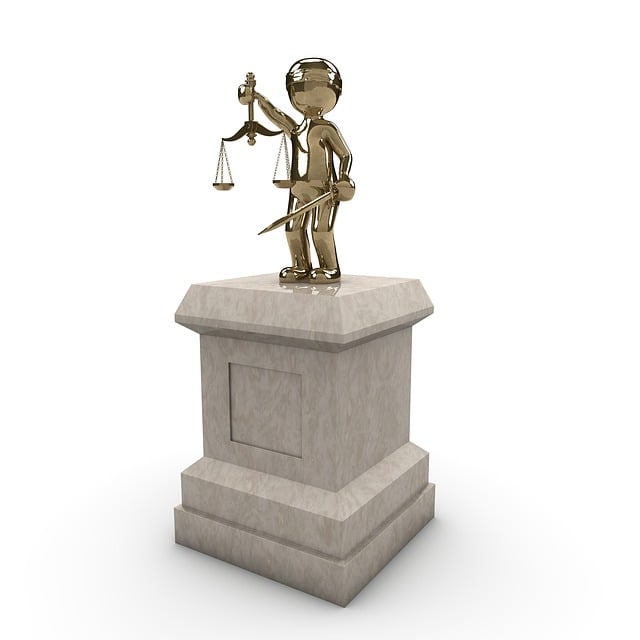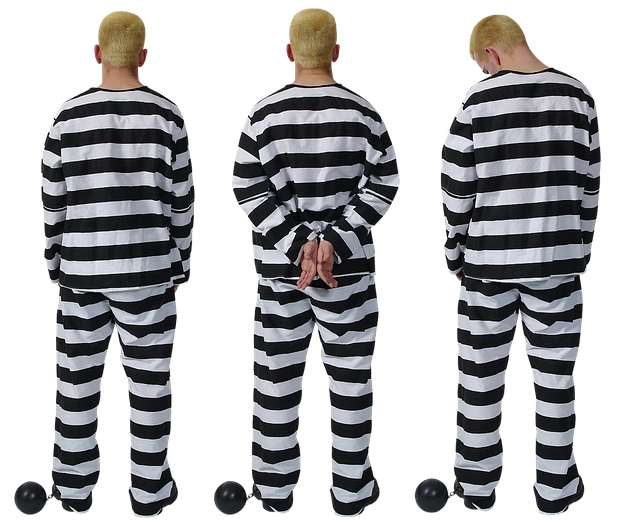In the intricate web of RF Securities Industry Regulation, understanding anti-money laundering (AML) and know-your-customer (KYC) protocols is crucial for legal professionals. When presenting cases involving forensic evidence, rigorous cross-examination and scrutiny of digital forensics methodologies are essential to ensure fairness. This article delves into strategies for challenging forensic evidence in court, emphasizing the importance of questioning assumptions, data analysis, and potential biases. By examining chain of custody, analyst expertise, and software limitations, defenders can achieve extraordinary results and protect clients' rights within complex financial litigations and securities regulations.
“The RF Securities Industry, a sector crucial to global finance, operates under complex regulatory frameworks. This article delves into the intricate world of RF Securities Industry Regulation, offering an overview of the legal landscape. We explore the significant role of forensic evidence in financial litigations, where digital forensics play a pivotal part. Furthermore, we analyze challenges and debates surrounding admissibility, providing insights into effective strategies to challenge forensic evidence in court. Learn how professionals navigate these complex issues with case studies and best practices.”
- Understanding RF Securities Industry Regulation: An Overview of Legal Frameworks
- The Role of Forensic Evidence in Financial Litigations
- Challenges and Debates: Questioning the Admissibility of Digital Forensics
- Strategies for Effectively Challenging Forensic Evidence in Court: Case Studies and Best Practices
Understanding RF Securities Industry Regulation: An Overview of Legal Frameworks

The RF Securities Industry Regulation is a complex legal landscape designed to safeguard investors and ensure fair market practices. Understanding this framework involves grasping the intricate interplay between federal and state laws, as well as industry-specific rules. At its core, these regulations aim to maintain transparency, prevent fraud, and protect both corporate and individual clients across the country. Key to navigating this environment is a comprehensive knowledge of anti-money laundering (AML) protocols, know-your-customer (KYC) procedures, and robust internal controls.
When it comes to presenting cases in court, particularly those involving how to challenge forensic evidence, legal professionals must be adept at interpreting these regulations. Achieving extraordinary results often hinges on meticulous attention to detail, rigorous cross-examination of experts, and a deep understanding of the underlying legal frameworks. This involves scrutinizing the provenance of digital forensics, the methodology employed, and potential biases or methodologies that could compromise the integrity of evidence, ensuring a fair adjudication for all parties involved.
The Role of Forensic Evidence in Financial Litigations

Forensic evidence plays a pivotal role in financial litigations, offering a detailed and scientific glimpse into alleged fraudulent activities. In the RF Securities Industry Regulation context, this can include complex financial transactions, accounting practices, and market manipulation. However, the integrity and admissibility of such evidence are paramount. Accused individuals or entities must understand how to challenge forensic evidence in court effectively, particularly given its potential weight in determining guilt or innocence.
Expert witnesses and rigorous cross-examination tactics become crucial tools for defendants in a general criminal defense strategy when facing financial charges. By employing these methods, legal teams can scrutinize the methodology, assumptions, and conclusions reached by forensic analysts. This approach ensures that the evidence is not only accurate but also represents a comprehensive analysis of the available data, especially as it relates to the unique dynamics within philanthropic and political communities that often find themselves at the intersection of regulatory scrutiny.
Challenges and Debates: Questioning the Admissibility of Digital Forensics

The admissibility of digital forensics evidence has sparked intense debates within the legal community, particularly in high-stakes cases involving complex financial transactions and securities industry regulations. As technology advances, so do the capabilities of digital forensics experts, but this rapid evolution also presents challenges. One significant concern is how to ensure the integrity and reliability of digital evidence, as manipulation or misinterpretation can have grave consequences. The unique nature of digital information, including its potential for alterations and the lack of tangible forms, raises questions about its admissibility in court.
Challenging forensic evidence in court has become a complex task, especially when dealing with financial crimes. Defenders often employ strategies to question the methods, tools, and conclusions presented by digital forensics experts. This includes scrutinizing the chain of custody, examining the expertise and qualifications of the analysts, and exploring potential biases or limitations in the software used. In some cases, the complete dismissal of all charges hinges on successfully challenging the admissibility of digital forensics evidence, which underscores the importance of navigating these debates effectively within the philanthropic and political communities.
Strategies for Effectively Challenging Forensic Evidence in Court: Case Studies and Best Practices

Challenging forensic evidence in court can be a complex task for general criminal defense attorneys, but with strategic preparation and a deep understanding of case studies, it’s possible to achieve extraordinary results. The first step involves thorough investigation and examination of the methodology used to collect and analyze the evidence. Questions regarding chain of custody, potential contamination, or the expertise of the forensic analyst can cast doubt on its reliability. For example, in a case where digital forensics are involved, defense attorneys could challenge the admissibility of data extracted from a device by examining the integrity of backup procedures and the analyst’s qualifications.
Additionally, presenting alternative explanations or counter-forensic techniques can effectively undermine the prosecution’s case. Case studies have shown that successful challenges often rely on detailed cross-examination, expert witness testimony, and meticulous documentation. By avoiding indictment through strategic legal arguments and revealing potential human error or technological limitations, defense attorneys can protect their clients’ rights and ensure a fair trial. These best practices are crucial in navigating the complexities of forensic evidence presentation and ultimately, achieving favorable outcomes.
The RF Securities Industry, like any dynamic financial sector, faces evolving challenges in regulation and evidence handling. Understanding the intricate legal frameworks governing this domain is paramount. While forensic evidence plays a crucial role in financial litigations, debates around its admissibility in court persist. This article has navigated these complexities by exploring effective strategies for challenging forensic evidence, illuminated through case studies and best practices. By equipping professionals with knowledge on How to Challenge Forensic Evidence in Court, we aim to enhance transparency and fairness within the RF Securities landscape.






